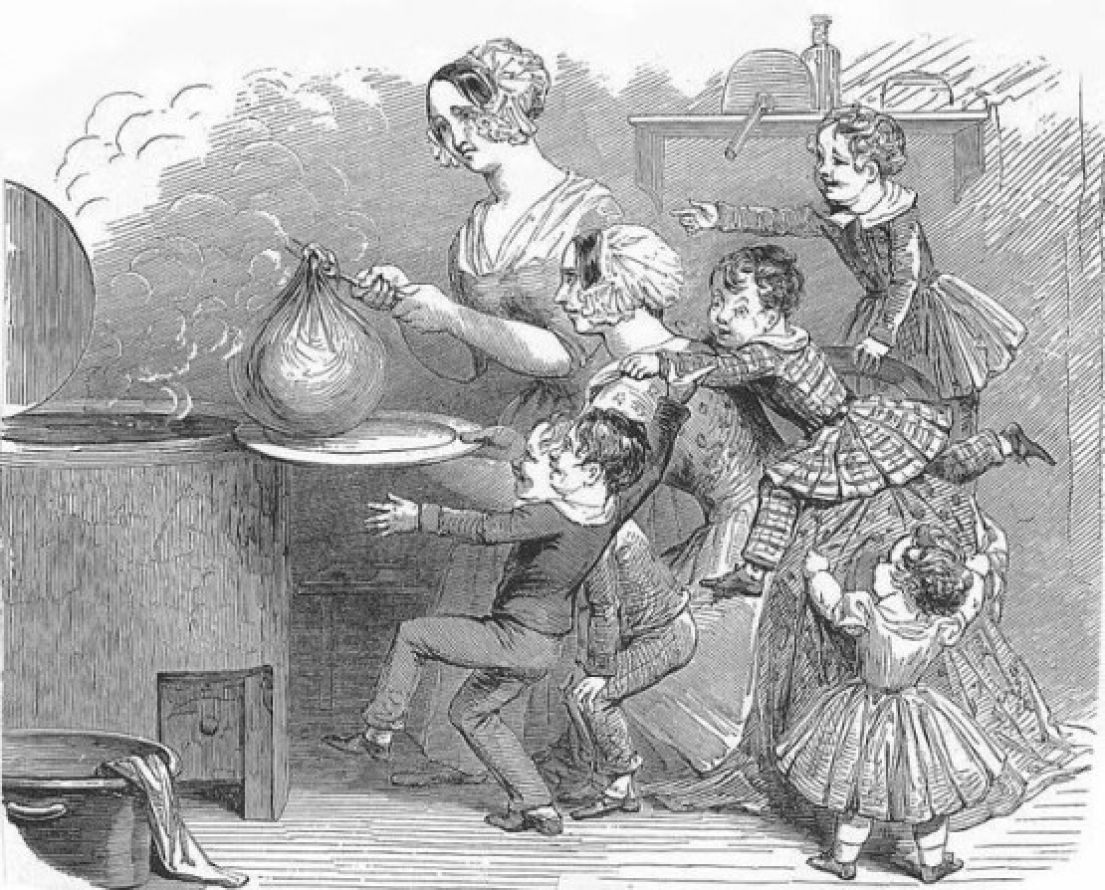
In Britain the Christmas pudding is falling out of favour. People say it is too stodgy, too heavy, too much. I say, bring us some figgy pudding!
A traditional tale
At this point I could tell you a simple tale of the Christmas pudding’s long history.
A richer tale - Pudding Fight!
The Christmas pudding’s rise and then fall doesn’t go in straight lines. Indeed it could be said, that over the centuries, there was a Pudding Fight. So this is the tale of four puddings fighting to the death.
Spoiler. Only one will survive!
1st contender
Let me take you to medieval England for our first contender; enter the ring… Frumerty.
2nd contender
The next contender to enter the ring is… Plum Pottage.
3rd contender
My third pudding contender enters the fighting ring. Let’s hear it for… Hackin Pudding.
Final contender
And now my last pudding contender stands before you in the ring. One that’s still standing today... Plum Pudding.
Cook’s Choice
Find out more...
- The Regency Cook - recipes, articles, workshops
- The Regency Cook - Hear more about Paul's experience running interactive workshops for Heritage Open Days






